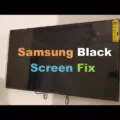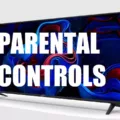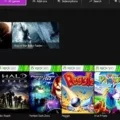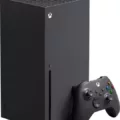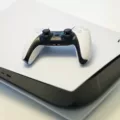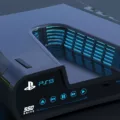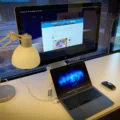The HDMI port is an essential component in any modern home entertainment system. It allows high-definition pictures and sound to be transmitted from a video device, such as a gaming console or a Blu-ray player, to a television or a monitor. However, sometimes the HDMI port may not work as expected, and this can be a frustrating experience for users.
One of the most common issues that users face with HDMI ports is that the port may not work on the TV. This can manifest in various ways, such as no video output, a blank screen, or a flickering image. There can be several reasons for this issue, ranging from a malfunctioning HDMI cable to a damaged port.
The first thing to check when your HDMI port is not working on your TV is the HDMI cable. Sometimes, the cable may be too old or damaged, which can cause poor connectivity or no connectivity at all. To ensure that the cable is not the issue, try using a different HDMI cable to connect your video device to the TV. If the new cable works, then the issue was with the old cable.
If the HDMI cable is not the issue, the next step is to check the video device. Connect the video device to a different TV or monitor to see if it works correctly. If it does, then the issue may be with the TV’s HDMI port. However, if the video device does not work on the other TV or monitor, then the issue may be with the video device itself.
If neither the HDMI cable nor the video device is the issue, then the HDMI port on the TV may be damaged or not working correctly. In this case, it may be necessary to have the TV repaired or replaced. It is essential to note that repairing or replacing the HDMI port can be a costly process, and it may be more cost-effective to replace the TV altogether.
The HDMI port is an essential component in any modern home entertainment system. When the HDMI port is not working on the TV, it can be a frustrating experience. However, by checking the HDMI cable, the video device, and the TV’s HDMI port, users can identify the issue and take appropriate action. Whether it is replacing the HDMI cable, repairing the TV, or replacing the TV altogether, users can restore their home entertainment system’s functionality and enjoy high-quality pictures and sound once again.
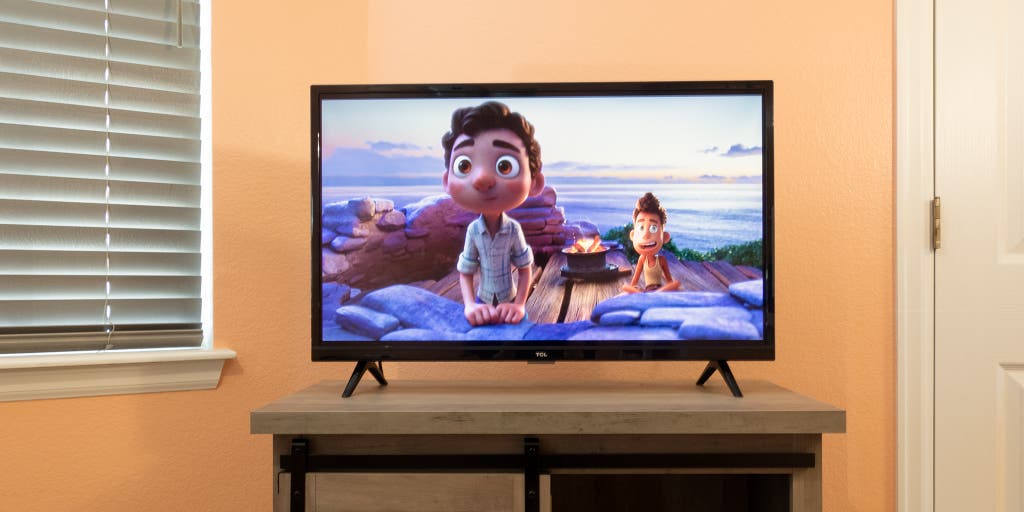
Troubleshooting a Non-Functioning HDMI Port on a TV
There could be several reasons why your HDMI port is not working on your TV. The most common reason is a malfunctioning or outdated HDMI cable. It is possible that your cable may have been damaged or worn out, causing it to fail to transmit audio and video signals properly from your device to your TV.
Another possible reasons could be a damaged HDMI port on your TV. If the port is physically damaged, there may not be a reliable connection between your device and your TV. Another potential cause could be an outdated firmware or software issue. Therefore, it is recommended to check for any software or firmware updates for your TV and device, as these updates can often resolve compatibility issues that may be causing the HDMI port to malfunction.
Additionally, it’s worth checking the settings on both your device and TV to ensure that HDMI is selected as the input source. It’s also recommended to test the HDMI port with a different device or cable to determine if the issue is with your TV or your device.
If your HDMI port is not working on your TV, it could be due to a malfunctioning or outdated HDMI cable, a damaged HDMI port on your TV, a software or firmware issue, or a problem with the device or settings.
Identifying a Broken HDMI Port
If you are experiencing issues with your HDMI port, there are a few signs that it may be broken or not functioning properly. Here are some indicators to look out for:
1. No signal: If you connect your device to the HDMI port and there is no signal on your TV or monitor, it may indicate a problem with the port.
2. Flickering or distorted picture: If the picture on your TV or monitor is flickering or distorted, it could be a sign that the HDMI port is damaged or not working properly.
3. Audio issues: If you are experiencing audio problems, such as no sound or inconsistent audio, this could be a sign that the HDMI port is damaged.
4. Loose connection: If you notice that the HDMI cable is loose or wiggling in the port, it may indicate a problem with the port.
5. Physical damage: If the port appears to be physically damaged, such as being bent or cracked, this is a clear sign that the port is broken.
If you are experiencing any of these issues, it is recommended to have the HDMI port checked by a professional or to replace the port altogether.
Conclusion
The HDMI port is a vital component in ensuring a high-quality visual and audio experience when using your video device. However, it can be prone to malfunctioning, which can result in no video or sound being transmitted to your television. It’s essential to ensure that your HDMI cable is functioning correctly and is of good quality to avoid any issues. If there is still no video or sound being transmitted, it may be necessary to check the port for damage or contact a professional for assistance. taking care of your HDMI port and cable is crucial in ensuring a seamless and enjoyable viewing experience.

